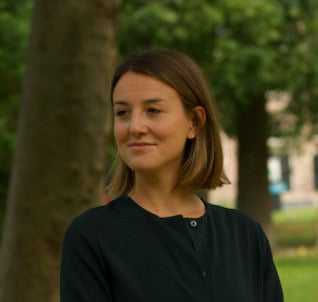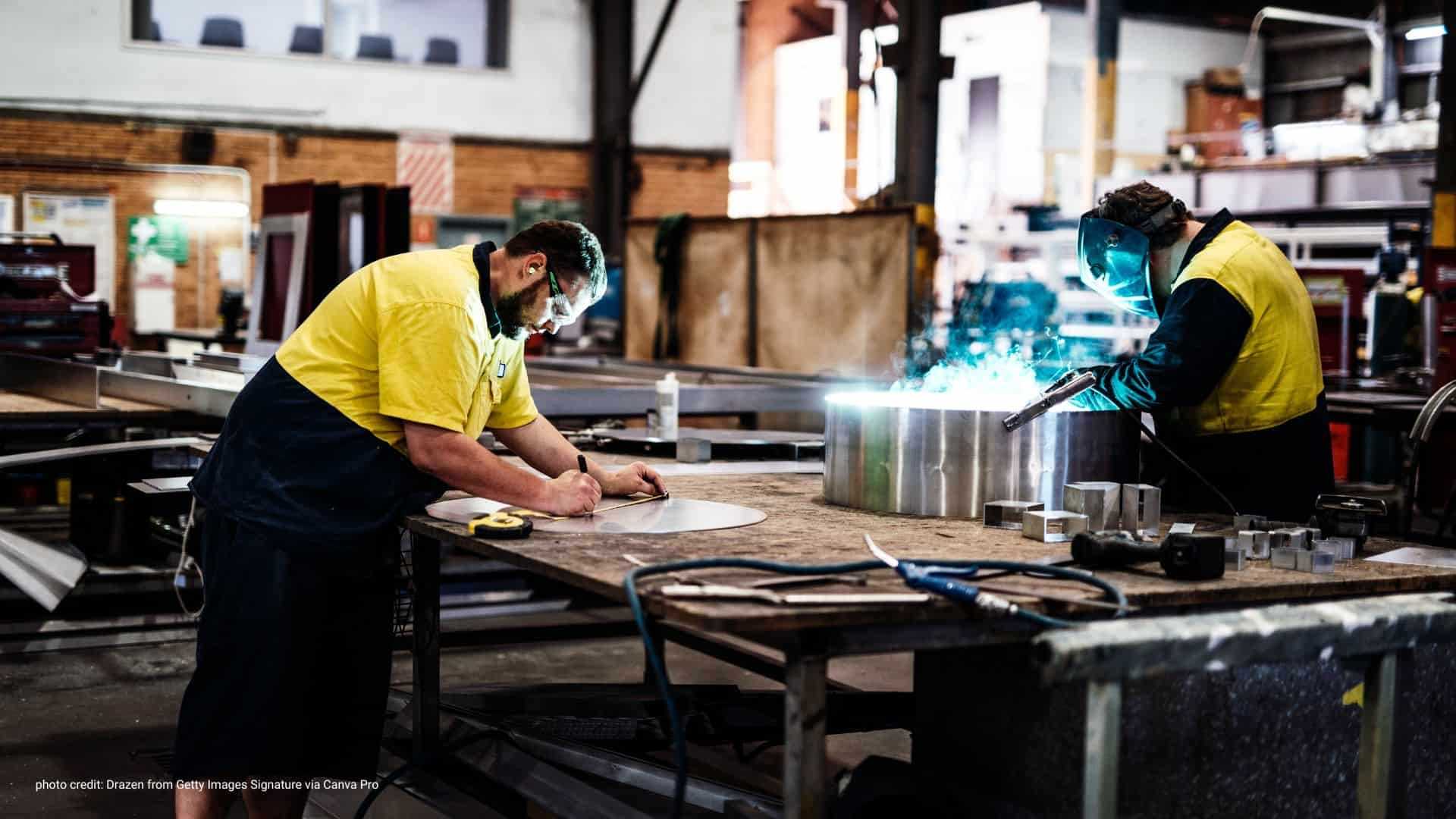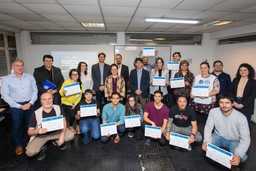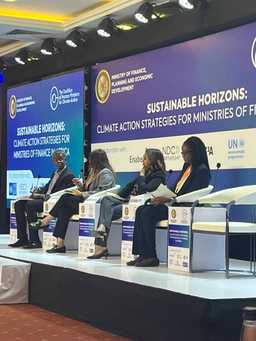Transitioning to a circular economy presents significant opportunities for job creation, reducing environmental impact, and enhancing resource efficiency, making businesses more sustainable and competitive. The ILO estimates a potential growth of six million jobs through activities like recycling and repair. However, informed policies are needed to ensure job quality and environmental sustainability.
People are central to the circular economy, yet their roles, job types, and working conditions remain largely unknown. Released in October, the “Measuring and Modelling Circular Jobs” report emphasizes the importance of data in understanding people’s contributions to facilitate a just transition through circular economy strategies.
Produced by the Circular Jobs initiative partners and benefited from PAGE support, it highlights the need for clear definitions and robust data collection to measure circular economy employment. While progress has been made in the Global North, there is a critical need to expand research globally for inclusive policies.
The Circular Jobs Initiative works with stakeholders in governments and industry to understand the people, skills, and enabling conditions needed to make sure steps taken to tackle environmental issues are approached fairly and with people in mind.
In this interview, Esther Goodwin Brown, Circular Jobs Programme Lead at the Circle Economy Foundation and Casper Nicholas Edmonds, ILO Head of the Extractives, Energy and Manufacturing Unit, tell us more about this publication, which aligns with ILO’s activities under PAGE.
Both have played a key role in this report: Esther Goodwin Brown is one of the lead authors of the report and Casper N. Edmonds one of the contributors.











